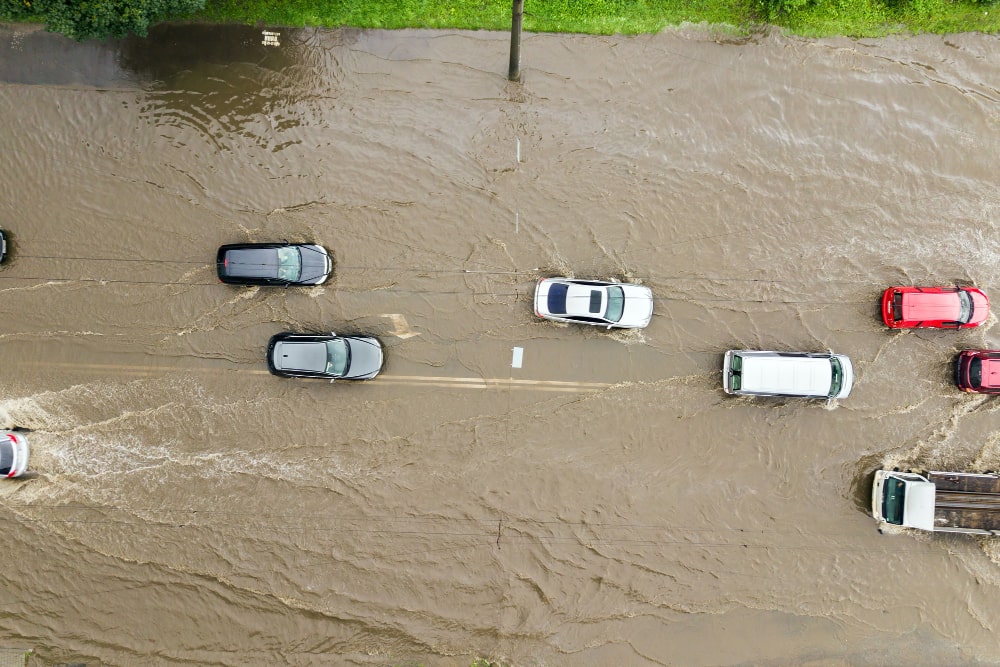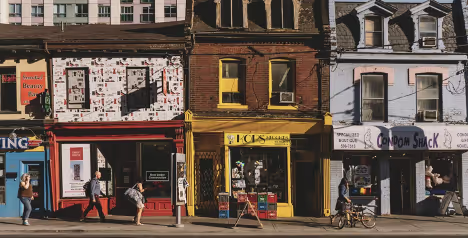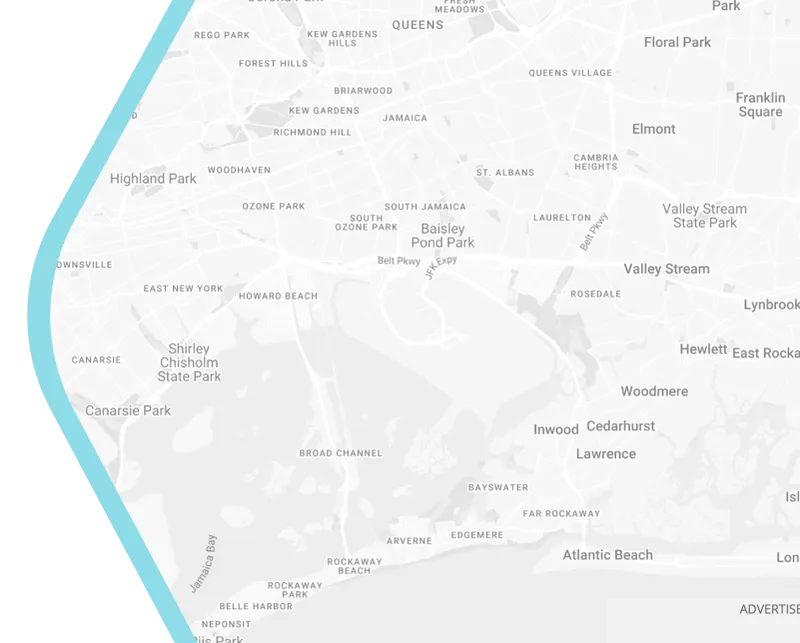
The Rising Challenge of Urban Heatwaves
This blog explores how cities worldwide are leveraging smart materials and technologies to build heat-resilient urban environments, with a focus on innovations and Australian case studies.
A city that applies technology and innovation to ensure a cleaner and more sustainable future


This blog explores how cities worldwide are leveraging smart materials and technologies to build heat-resilient urban environments, with a focus on innovations and Australian case studies.

Smart city solutions are redefining urban sustainability by integrating circular economy principles to eliminate waste, optimize resources, and create self-sustaining cities.

Explore how connected technologies are revolutionizing public safety in smart cities. This Smart City SS article examines smart surveillance, IoT, 5G, and data analytics applications. Discover real-world benefits in emergency response, security, and disaster management. Learn about strategic considerations for implementation and the path towards safer urban environments in Australia.

Discover the foundational importance of connectivity in realizing the smart city vision. This Smart City SS article explores the various layers of connectivity, including fiber optics, 5G, IoT, and LPWANs. Learn about their crucial applications in smart transportation, energy, buildings, public safety, and citizen engagement. Gain insights into smart strategies for implementing robust connectivity in Australian smart cities and explore future trends shaping this dynamic field.

This article explores the growing importance of smart riverfront development in Australia, moving beyond the traditional focus on coastal areas. It defines what constitutes a "smart" approach, emphasizing sustainability, technology, community, and resilience. The post highlights the economic, social, cultural, and environmental benefits of investing in these urban waterways. It also addresses key challenges and considerations for successful projects, including environmental regulations and community engagement, and touches upon emerging trends in the field across Australia.

15-minute cities combine mixed-use zoning, green mobility, and digital connectivity to create sustainable, people-first urban ecosystems—offering a blueprint for Australia’s smart city evolution.

Green corridors are reshaping smart city master plans, balancing ecological health with urban innovation for sustainable growth.

Smart cities are redefining urban living by balancing sustainability and social equity. Through innovative technologies like IoT, AI, and renewable energy, cities can reduce environmental impact while ensuring equal access to resources. Urban design principles, such as walkable neighborhoods and green spaces, further promote inclusivity. In Australia, initiatives like Melbourne’s Sustainable Neighborhoods Program and Sydney’s Smart Grid Initiative showcase this balance. Discover how Smart City SS is driving equitable and sustainable urban development.

This article explores affordable smart waste management strategies—including IoT sensors, AI optimization, and community apps—helping Australian cities reduce costs and enhance sustainability.

Explore how Australian cities balance cutting-edge smart city strategies with heritage preservation through actionable solutions, case studies, and tools for sustainable urban development.

This blog explores how Australian cities like Brisbane, Melbourne, and Adelaide are leveraging smart city ecosystems—from AI-driven flood modeling to IoT-powered drainage systems—to turn climate resilience from a buzzword into actionable infrastructure management. Let’s dive in.

The Asia-Pacific region faces significant smart city challenges, including infrastructure limitations, funding gaps, and environmental concerns. Smart CitySS, an Australian leader in urban innovation, addresses these issues through scalable, sustainable solutions. With successful projects like the Granville Smart Precinct and Newcastle Smart City Strategy, we demonstrate how technology and collaboration can transform urban spaces. By integrating smart technologies and fostering partnerships, Smart CitySS is pioneering the future of sustainable, inclusive cities.

IoT sensors and networks form the backbone of Australia’s smart city ecosystem, delivering real-time data to optimize resource use and infrastructure management.

Australia is advancing toward smart, sustainable cities driven by AI, IoT, and digital twin technologies. The Kialla West Eco-Village Masterplan exemplifies data-driven urban planning, integrating renewable energy, smart infrastructure, and sustainable living. While investment and policy hurdles remain, future trends like autonomous transport and blockchain governance promise transformative urban growth. Explore how Smart City Solutions can help shape resilient cities. Discover our services and be part of the future of urban intelligence.

Smart city strategies in Australia integrate technology, governance, and sustainability to enhance urban growth. Key initiatives focus on smart planning, AI-driven infrastructure, and digital transformation. Governance frameworks ensure collaboration among governments, businesses, and communities. Case studies like the Technology Precinct WA Master Plan highlight successful implementations. Future strategies emphasize public-private partnerships, innovation, and sustainability to create efficient, livable cities. With ongoing advancements in IoT, AI, and data analytics, Australia is positioned to lead in smart urban development.

Explore Australia’s latest advancements in smart city technology, including green initiatives, digital governance, and smart transportation.

Discover the "smart city mandala"—a holistic approach to implementing smart city solutions in Australia. Learn how this strategy delivers sustainable and resilient urban development.

Learn how smart city infrastructure management is transforming Australian cities. Discover best practices, technologies, and the future of urban development in Australia.

This blog post provides a comprehensive overview of smart cities in Australia, covering their definition, core elements, benefits, challenges, and actionable tips for citizen engagement. It aims to inform Australian readers about the exciting potential and ongoing development of smart city initiatives across the country.

Berlin has been ranked as the top smart city in Europe by Juniper Research, followed by London, Barcelona, Rome, and Madrid. The rankingis based on the city's focus on enhancing traditional systems through digitalsolutions for the benefit of its residents and businesses.

Trees has cooling properties by proving not only shades but also the evapotranspiration process that lower the temperature in the surrounding areas. Other literature also highlights other benefit of trees such as improving mental health and increased feeling of safety and comfort for urban dwellers.

One way City of Amsterdam reduces the pollution in city centre is to allow no gasoline trucks in the city centre area. Freight vehicles adapts to this regulation by electrifying the freight vehicle.

In the 1990s, Hoekenrodeplein was a city square in the South-Eastern part of Amsterdam known for its poor safety. The local municipality envisioned the area as a place for inhabitants and visitors to gather, to play and to shop in the area, with the help of better lighting.

Achieving the ambition of 40% CO2 emission reduction in 2025 require the City of Amsterdam to map and identify their energy use throughout many urban services, including from the electricity, water and sewage system.

Urban parks can promote city dweller’s quality of life as it provides a medium for various social activities. It also beneficial for city dweller’s physical and mental health and improve the sense of community. Inhabitants of Anyang City in South Korea has a strong park-going culture, with a survey indicating that 75% of the respondents has more that one year experience of visiting the parks regularly.

Urban agriculture gains relevance as it not only provides direct benefit in food security but also has other embedded environmental benefits. A study investigated Rooftop Kitchen Garden (RTG) as one urban agriculture initiative to assess and quantify the benefit of the urban agriculture at household level in South Delhi, India.

Compared to conventional green roofs that only installed vegetation or other green infrastructure, multilayer green roofs are an innovative tool that combine the green infrastructure with blue infrastructure with a rainwater harvesting system.

New demographic trends, changing households need and evolving home-ownership outlook has accelerated urban expansion in Europe to accommodate the citizens’ need. On the European policy level, major concerns regarding urban expansion and social integration became evident in the late 1980s through the “Green Paper on Urban Environment”, published by the European Commission.

China has strong restriction on urban expansion as the growing concern of farmland loss that threatens their food security. There are various ways that have been implemented in urban areas in China to limit land conversion to urban areas throughout the years. One example is the Quota System, that puts a cap on land conversion in terms of location, rime and construction purpose.

With rapid urbanisation, cities seem to expand their area to meet the needs of housing of the growing population. Yet, this urban expansion occasionally goes out of hand with oversupply of housing and depletion of green area that leads to various environmental deterioration.
